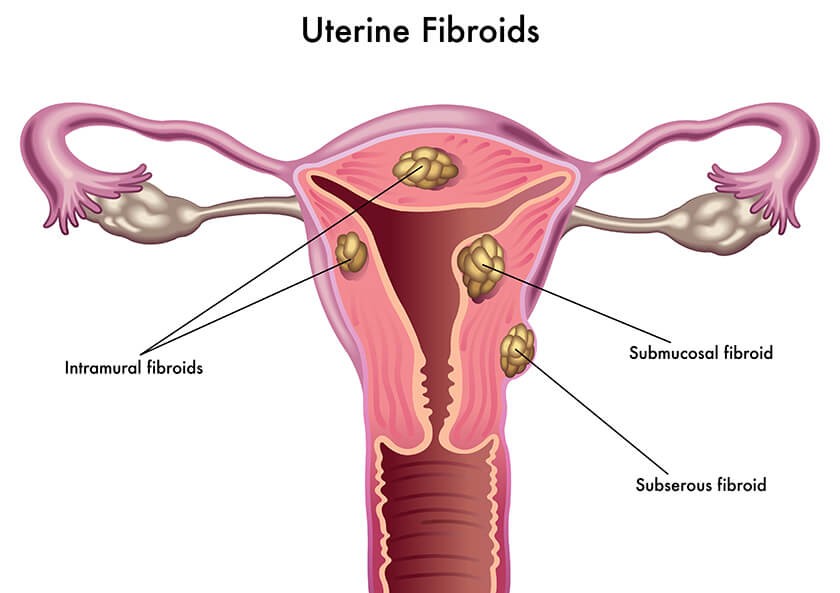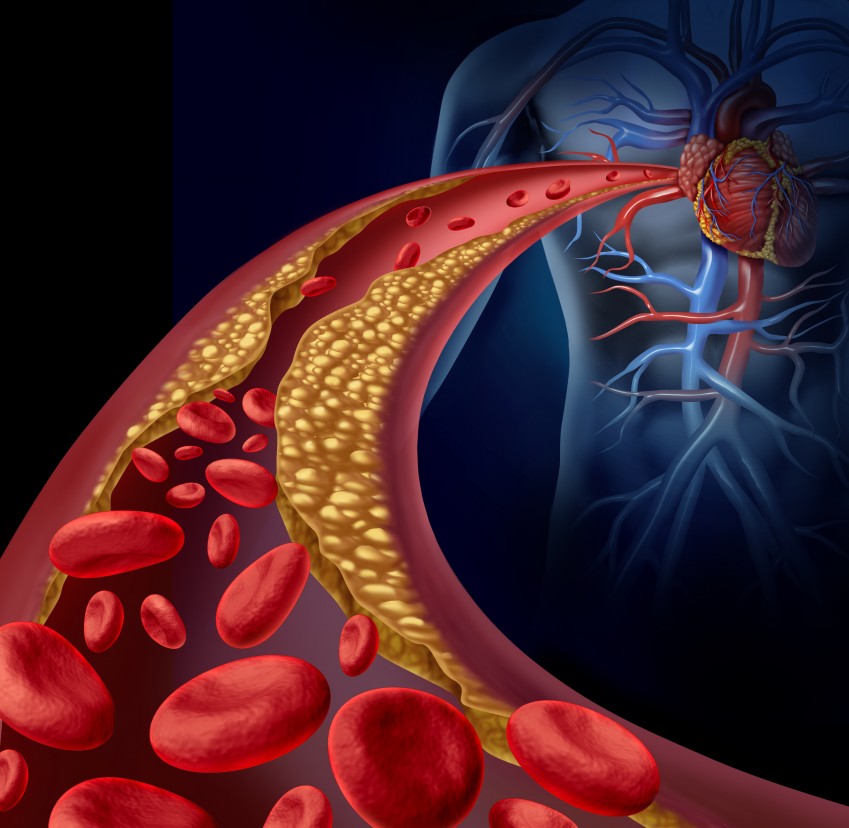
Treating Uterine Fibroids With Uterine Artery Embolization

Uterine fibroids are surprisingly common – affecting from 70% to 90% of women by the time they reach age 50, according to the CDC – yet many women are unfamiliar with these growths and the impact they can have on their health and wellness. Fibroids are benign tumors comprising smooth muscle cells and other types of tissue, and they can range in size from the size of a pea or smaller to as large as a melon, occurring singly or in clusters. Women with very small fibroids may never know they have the growths unless they’re revealed on an imaging test or during an exam, while others can experience significant symptoms, including problems with pregnancy. While treatment of fibroids used to center on hysterectomy, today uterine artery embolization (UAE) has proven very effective in shrinking fibroids and reducing or eliminating their symptoms. Here’s what you should know about fibroids and the role uterine artery embolization can play in helping you relieve symptoms and improve your overall health and wellness.
Types of Uterine Fibroids
Uterine fibroids can form in several areas of the uterus, and healthcare providers categorize the growths based on where they’re found. There are three primary categories of uterine fibroids:
- submucosal fibroids, which grow beneath the uterine lining (called the endometrium)
- intramural fibroids, which grow in between the layers of the muscles of the uterus
- subserosal fibroids, which form on slender stalks attached to the outside of the uterus
Uterine Fibroid Symptoms
Very small fibroids may cause no symptoms. Larger fibroids are associated with symptoms like heavy menstrual bleeding, bleeding between periods, intense menstrual cramps, a need to urinate more frequently, painful intercourse and pelvic pressure or a sensation of “fullness” in the lower belly area. Some fibroids can cause problems with fertility or increase the risks of miscarriage and premature labor. Women who have heavy menstrual bleeding may also be at risk for anemia, low red blood cell counts that can limit the amount of oxygen the tissues and organs in your body receive.
Fibroids tend to form and grow during a woman’s reproductive years, shrinking during menopause. Although researchers aren‘t completely sure what causes fibroids, this growth pattern implies a strong connection to fluctuations in hormone production.
Treating Fibroids With Uterine Artery Embolization
Uterine artery embolization (also called uterine fibroid embolization or UFE) is a minimally-invasive procedure that cuts off blood flow to the fibroids, depriving them of nutrients and oxygen and causing them to shrink. The procedure is performed using conscious sedation to help you relax.
During the procedure, a small incision is made in an artery in your groin, and a special catheter (a long, flexible tube) is inserted through the incision and advanced to one of the two uterine arteries using a special imaging device to guide its progress. A contrast dye is injected into the arteries and the fibroids to make them easier to visualize on the monitor.
Once the catheter is in position, the radiologist injects tiny particles that lodge in the arteries, blocking blood flow to the fibroids. The radiologist checks to ensure adequate particles have been injected to block the flow of blood before removing the catheter and closing the incision.
After the procedure, patients remain in a recovery area for a brief period of time before being moved to a hospital room for an overnight stay.
UAE vs. Hysterectomy
Because it’s a minimally-invasive procedure and does not involve removing any tissue, UAE is associated with a faster recovery and less discomfort than hysterectomy. In fact, in most cases, any residual discomfort resolves within a few days, and until then, it can be managed with pain relievers. Plus, because the uterus remains intact, women who have UAE may still become pregnant. However, there is a risk that UAE can have an effect on uterine and ovarian function, including interfering with a woman’s ability to become pregnant. For that reason, it’s very important for women who want to become pregnant to discuss these risks with their ob/gyn prior to undergoing the UAE procedure.
Find out more about uterine artery embolization.
Although they’re common, the symptoms of uterine fibroids can take a big toll on your overall quality of life. Even when fibroids don’t have an impact on fertility, the heavy or abnormal menstrual bleeding associated with uterine fibroids can make it difficult to take part in social activities, interfere with sleep, and decrease your level of self-confidence. To find out more about uterine fibroid embolization and how it can help you improve your health and your lifestyle, visit our uterine artery embolization procedure page.





